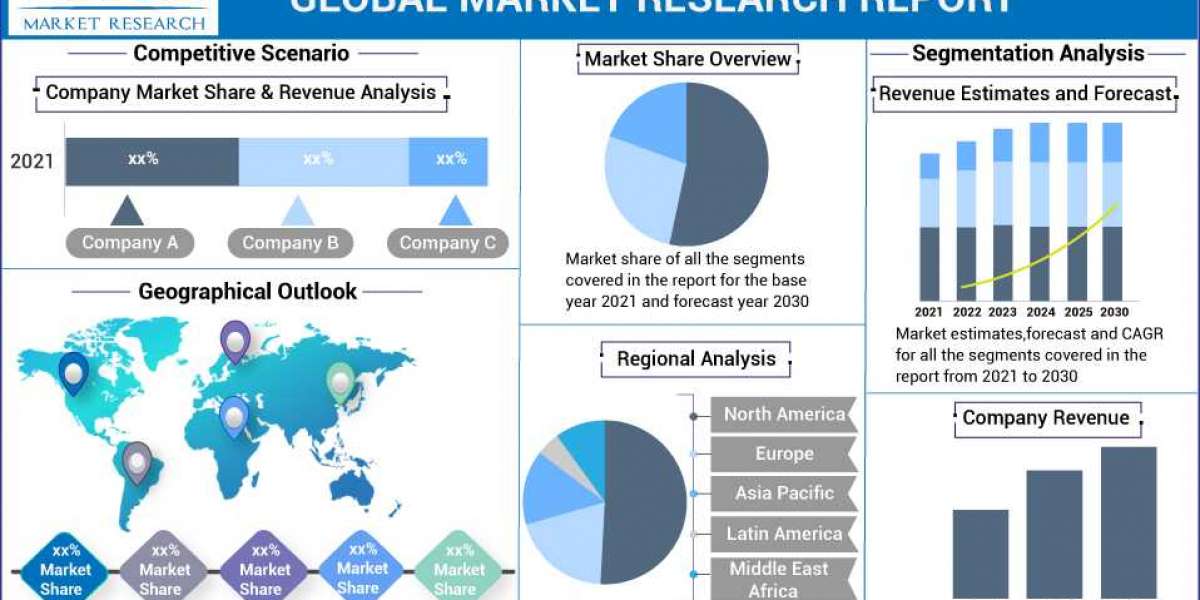Introduction:
In today's digital age, a well-designed e-commerce website is crucial for business success. With the increasing competition in the online marketplace, having a visually appealing, user-friendly, and efficient e-commerce site can set you apart from the competition and drive sales. This blog explores essential tips for creating a successful e-commerce web design that attracts customers and enhances their shopping experience.
1. Prioritize User Experience (UX):
User experience is at the heart of successful e-commerce web design. A seamless and enjoyable shopping experience encourages customers to stay longer and make purchases. Prioritize easy navigation, intuitive layout, and fast-loading pages. Ensure that product categories are clearly defined, and use breadcrumb navigation to help users find their way back to previous pages effortlessly.
2. Mobile Optimization:
With a significant number of users shopping on mobile devices, optimizing your e-commerce site for mobile is essential. Ensure your design is responsive, meaning it adapts to various screen sizes and resolutions. Simplify the mobile shopping experience with larger buttons, easy-to-read text, and streamlined checkout processes to reduce cart abandonment.
3. High-Quality Visuals:
High-quality product images and videos are vital for e-commerce success. Customers rely on visuals to make purchasing decisions, so ensure that your images are clear, well-lit, and showcase the product from multiple angles. Incorporate zoom functionality and 360-degree views if possible. High-quality visuals build trust and provide a better understanding of the product.
4. Simplify the Checkout Process:
A complicated checkout process can lead to cart abandonment. Simplify the checkout process by minimizing the number of steps required to complete a purchase. Offer guest checkout options, clearly display progress indicators, and provide multiple payment methods. Ensure that the checkout forms are easy to fill out, with clear labels and logical flow.
5. Implement Trust Signals:
Trust is crucial in e-commerce. Implement trust signals such as SSL certificates for secure transactions, clear return and refund policies, and contact information. Display customer reviews and ratings prominently to build credibility. Including trust badges from recognized organizations and showcasing security seals can also reassure customers about the safety of their information.
6. Optimize Loading Speed:
Loading speed is a critical factor in e-commerce web design. Slow-loading pages can frustrate customers and lead to higher bounce rates. Optimize your site's performance by compressing images, leveraging browser caching, and using content delivery networks (CDNs) to deliver content faster. Regularly test your site's speed and address any issues promptly.
7. Effective Call-to-Actions (CTAs):
Clear and compelling call-to-actions (CTAs) guide customers toward making a purchase. Use action-oriented language and place CTAs strategically throughout your site, such as on product pages, in the shopping cart, and during checkout. Ensure that CTAs stand out visually by using contrasting colors and larger fonts.
8. Personalization and Recommendations:
Personalization enhances the shopping experience by showing customers relevant products based on their browsing and purchase history. Implement recommendation engines that suggest products related to the ones viewed or purchased. Personalized product recommendations can increase cross-selling and upselling opportunities, driving higher sales.
9. User-Friendly Search Functionality:
A robust search functionality is essential for helping customers find products quickly. Implement features like autocomplete, filters, and sorting options to make the search process efficient. Ensure that the search bar is prominently placed and returns accurate and relevant results to enhance the user experience.
10. Streamlined Navigation:
Streamlined navigation ensures that customers can easily find what they are looking for. Use a well-organized menu structure with clear categories and subcategories. Incorporate dropdown menus, fly-out menus, and mega menus for a more organized presentation of products. Consistent and intuitive navigation improves user satisfaction and reduces bounce rates.
11. Clear Product Descriptions:
Detailed and informative product descriptions help customers make informed purchasing decisions. Include key product features, specifications, benefits, and usage instructions. Use bullet points for easy readability and avoid technical jargon. The more information customers have, the more confident they will feel about their purchase.
12. Social Proof and User-Generated Content:
Social proof, such as customer reviews, ratings, and user-generated content, can significantly influence purchasing decisions. Encourage customers to leave reviews and share their experiences with your products. Highlight positive reviews and ratings on product pages to build trust and credibility.
Conclusion:
Creating a successful e-commerce web design involves a combination of user-centric design principles, technical optimization, and strategic elements that drive engagement and conversions. By prioritizing user experience, optimizing for mobile, using high-quality visuals, simplifying the checkout process, and incorporating trust signals, you can enhance your ecommerce site’s performance and attract more customers. Implementing these tips will not only improve your website’s aesthetics but also contribute to a seamless and enjoyable shopping experience, ultimately driving your business success in the competitive e-commerce landscape.
Also Read: 15 Best Web Application Design Examples for Inspiration







